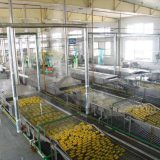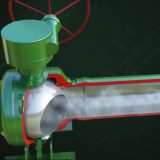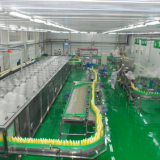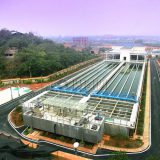A Sanitary hydraulic control valve is composed of the main valve and its attached pipes, pilot valves, needle valves, ball valves, and pressure gauges. According to the different purposes, functions, and places of use, it can evolve into remote control floating sanitary ball valve, pressure reducing valve, slow-closing check valve, the sanitary flow regulating valve, sanitary pressure relief valve.
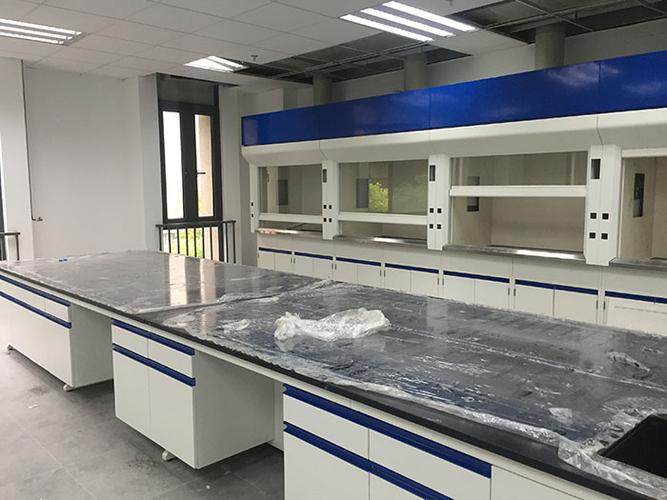
In the water supply system, water pressure, flow, liquid level, and other parameters are frequently manipulated. If external power is applied, such as a gas source or power supply, it will consume a lot. For example:
1, In the municipal water supply system from the high-pressure area to the low-pressure area, the demand is sticking to the downward pressure.
2, In the irrigation system for irrigation after a high-pressure booster pump, demand depressurized the water supply.
3. In the building pipe network system from the high-pressure end to stable downstream water supply, it is necessary to maintain the smooth operation of all pipelines to prevent the impact of occasional excessive pressure.
4. In the water supply system to the water tower, the demand controls the water level.
5. In the firefighting system that automatically stores water in the water storage area, the demand ensures that the liquid level in the control area is normal.
The structure and the basic principle of the hydraulic control valve
The hydraulic control valve is a general term for a series of valves for multipurpose control and safety. The hydraulic control valve only relies on the energy of medium – water to complete the control of pressure, flow, liquid level, and so on. Not only save a lot of power consumption but also save manpower costs.
Control characteristics
The valve body is designed with a full channel and streamlined design with low fluid resistance and large flow capacity.
The use of epoxy powder coating inside and outside the valve body and valve cover prevents corrosion of the valve body and valve.
Adopting advanced technology of detachable seats abroad, the structure is ingenious and the maintenance and replacement are convenient (without the need to remove the whole valve);
It can be installed vertically or horizontally in the pipeline, and its reliability remains unchanged.
The valve body, valve cover, and piston-cylinder joint are protected by a sealing gasket and sealing ring.
The piston-cylinder adopts a guide hole and appropriately increases damping to make piston motion more stable and flexible.
All stainless steel piston cylinder, integral piston, nitrile-butadiene rubber seal ring, and complete combinations greatly prolong the service life.
In the earliest days, hydraulic control valves were used in irrigation systems in some agricultural countries. Many of them were produced in Israel, the Netherlands, Denmark, and other European countries. Later, they developed in the United States, Canada, and Asia, and were more widely used.
In simple terms, the hydraulic control valve is composed of the main valve and a different pilot valve system. After assembling a different pilot valve system, the hydraulic control valve will have different functions.
For more information, please visit http://www.adamantvalves.com/

